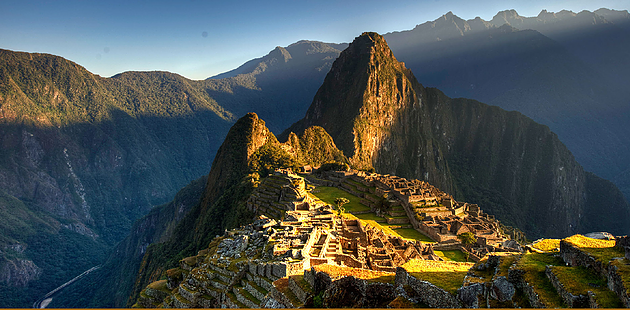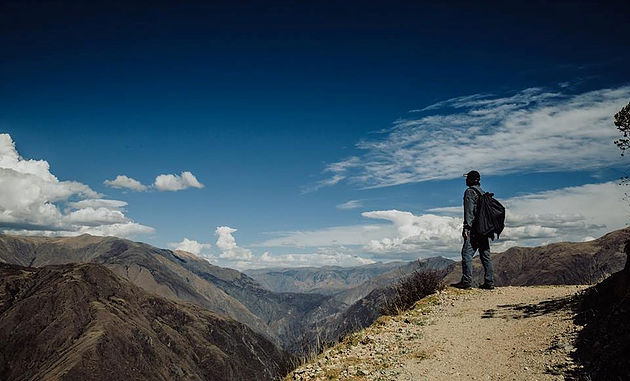A Positive Altitude
September 9, 2019 - 5 minutes readFor anyone planning a trek in the Andes, altitude sickness is an unfortunate possibility. Peru Ecocamp offers some tips on how to avoid getting sick, how to recognize the symptoms and what to do if affected. This isn’t meant advise from a medical professional, just information gathered from a range of sources by one of South America’s leading trekking outfitters.
What is altitude sickness?
Altitude sickness occurs when your body is deprived of oxygen from the thinner air at higher altitude. This generally starts to become an issue at around 6,500 feet above sea level.
As Cusco sits at 11,152 feet above sea level in the Peruvian Andes, it’s very possible that visitors will feel the effects of the elevated altitude while visiting the city.
Symptoms usually emerge after spending 6-12 hours at high altitude, so be aware that you may not feel the effects immediately. The Salkantay Trek to Machu Picchu reaches 15,090 feet at Abra Pass, so it’s very important that trekkers prepare for the possibility of sickness while hiking the famous trail.
 Tips to avoid altitude sickness
Tips to avoid altitude sickness
Before starting a trek through the mountains of Peru, there are certain measures that hikers can take to help their bodies to acclimatize to the new surroundings:
See your doctor at home and ask about Diamox (an altitude sickness drug). You should begin taking the medication 1-2 days before you arrive at high altitude and continue taking it while on your trip.
Spend at least two days relaxing in Cusco before the trek begins in order to acclimatize to the change in altitude. Give yourself plenty of time to get from one place to the next and walk slowly. If you start feeling weak, take a taxi; a ride in the city is very cheap (usually between US$1-3).
Enjoy a cup of coca tea. Although the effects of coca leaves are still debated, they’ve been used in traditional medicine for thousands of years. Locals are often be seen chewing coca leaves, but you can simply add them to boiling water for a warming cup of tea.
Stay hydrated. Drink plenty of water throughout your trip. Also, avoid or limit your alcohol intake (particularly the night before the trek starts) because this causes dehydration.
Eat well. Although Cusco has some wonderful cuisine, try to think about what will help you during the trek. For example, salty foods will dehydrate your body, whereas foods rich in potassium (such as bananas, avocados, dried fruit and chocolate) are great to eat before taking to the mountains.
Sleep well. Your body makes more red-blood cells (to carry oxygen that’s not extracted from your lungs) while you’re sleeping. At Peru Ecocamps, trekkers have cozy domes to sleep in.
Symptoms
These are the most common symptoms of altitude sickness:
- Headache
- Dizziness, nausea and vomiting
- Feeling tired and weak
- Appetite loss
- Shortness of breath
- Disturbed sleep
Treating altitude sickness
If you feel any of these symptoms, stop and rest where you are and limit any exercise. Acetazolamide can be used to reduce the intensity of your symptoms, but may not relieve them completely. Keep drinking water and tell your guide how you’re feeling. Continue your ascent with care once you feel fully recovered.
However, if your symptoms are severe and continue to get worse, then you should descend by at least 1,600 feet and see a doctor. If you notice that someone in your group is acting confused or unable to walk straight, then take them to a lower altitude as quickly as possible.
If your symptoms are not severe — but a headache is making you want to abandon the trek — stay positive and remember that your end destination (Machu Picchu) is at a lower altitude than Cusco, meaning more oxygen and less pain!
Tags: Altitude, Altitude Sickness, hiking, Salkantay Peru


0 Comments